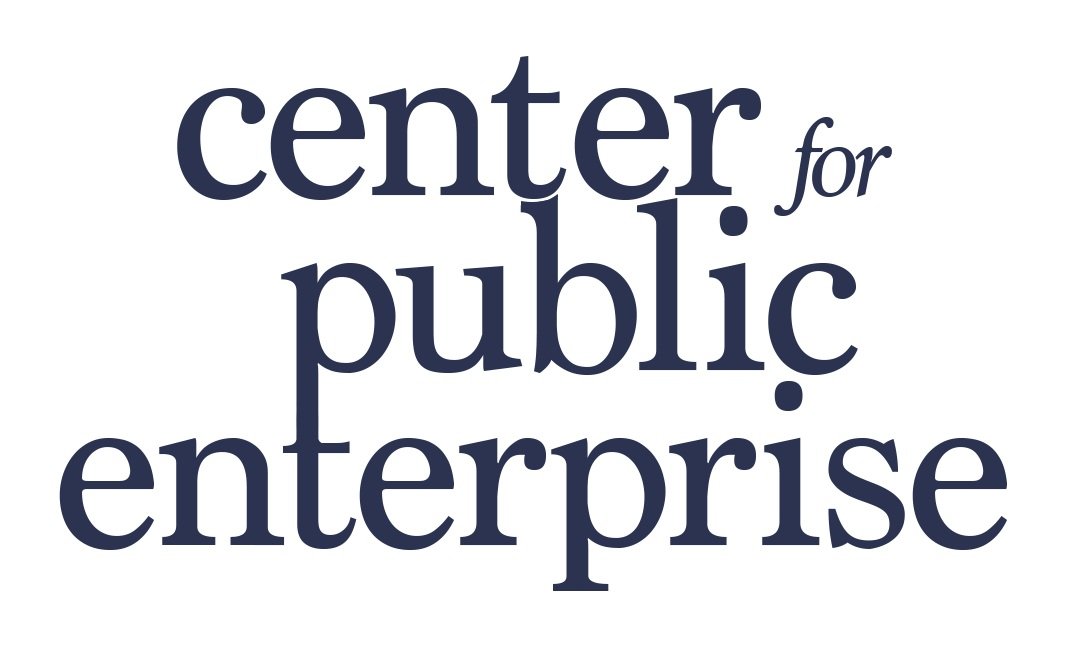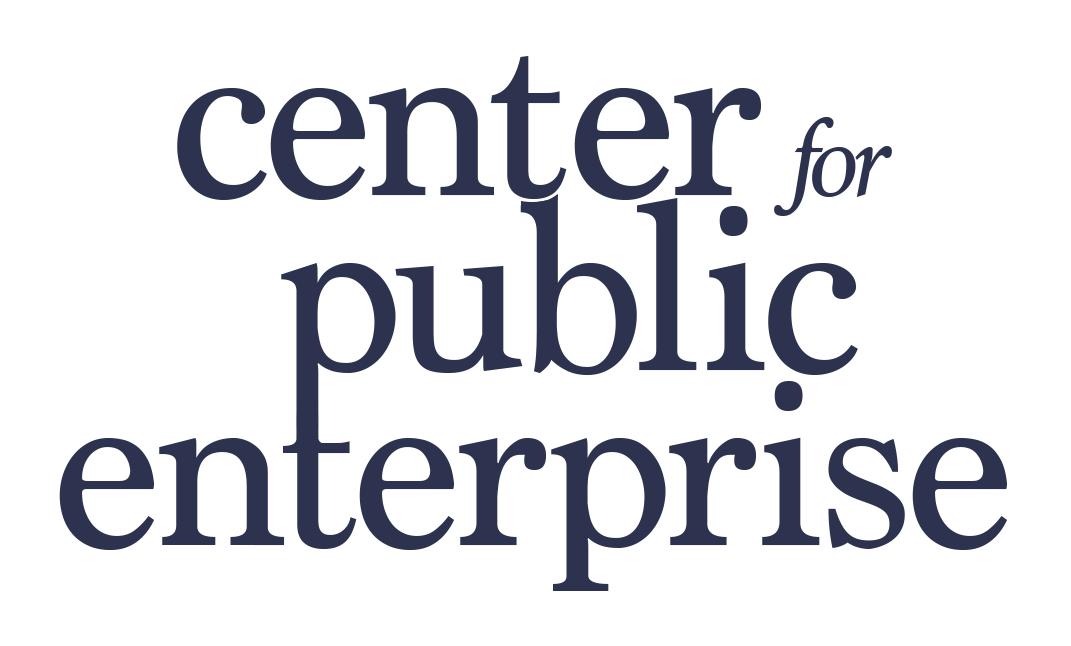Overreading into Underwriting, Part 3
This is the final post of our three-part series on underwriting. In the two previous posts, I covered how underwriting works and how it interacts with the financial system, particularly in key tax equity and municipal bond markets. This last post picks up where the last left off: given the disappointing implications our fragile underwriting system has for our decarbonization goals, CPE believes that building public underwriting capacity across state green banks and, crucially, recipients of the National Clean Investment Fund tranche of the Greenhouse Gas Reduction Fund, could better drive public and private investment toward our shared goals.
Part 3: Building Public Underwriting Capacity
The IRA has catalyzed a variety of public lenders, from the federal Loan Programs Office to the state-level green banks, which are thinking through creative ways to plug the financial gaps that hinder clean energy project development. Many of these programs are designed to induce private lenders to co-participate in deals as debt purchasers on secondary markets by having public entities subsidize their returns. It’s genuinely promising that so much liquidity can now flow toward clean energy development. However, the very idea of public risk-taking relies on estimates of project creditworthiness and investor risk appetite. Therefore, it requires some form of underwriting.If the Inflation Reduction Act calls upon public, private, and nonprofit developers to get more creative with financing—especially since the law encourages developers to blend all kinds of federal, state, local, and private financing sources—it therefore requires them to get smarter about underwriting. Recognizing this, experts at the Climate Policy Initiative are now also advocating for the development of shared underwriting criteria among recipients of Greenhouse Gas Reduction Fund financing, who will on-lend to individual project developers.
Our view is that the public sector can lead this process by example: invest in underwriting capacity to harness the public sector’s higher risk tolerance such that state and federal instrumentalities can lend more cheaply than private market participants can to energy projects—whether that be through providing construction, bridge, or other kinds of conventionally risky short-term debt. Even if public lending instrumentalities cannot themselves act as dealers of last resort to fully backstop secondary markets, they can increase secondary market liquidity by engaging in some buying and selling of the debts that have financed developers’ capital expenditures. They can also mitigate developers’ reliance on expensive private markets by seeding and growing revolving funds that facilitate greater public ownership in and operation of energy markets. By virtue of their wider understanding of available legal and financial tools, public officials can prepare, underwrite, and structure energy and housing transactions more quickly and more creatively than their small private and nonprofit counterparts could.
As we have learned from public housing agencies in our work to push for better social housing finance models, private investors are prone to give up when they can’t underwrite something that involves financial structures more complex than conventional equity and debt.1 Beyond complexity, private underwriters may also falter in the face of real investment barriers: why underwrite an energy project that may never be interconnected to the grid, or a project with no secondary market buyers for its debt? Our housing finance work suggests that catalyzing investment into crucial sectors starts with empowering public officials to think more creatively about financial and regulatory structures than private investors can, lest good projects stay on the shelf. The more the public sector participates, the more its participation alters risk assessments of private co-investors or even developers working without public support—to say nothing of the positive effects that increasing public activity in strategic sectors has on upstream and downstream sectors, critical market infrastructure, and the standards and offerings of private market participants.
This is why CPE has stressed in our recent discussions with various green banks and public financing authorities that underwriting capacity is something that they must build urgently. In particular, public institutions should be capable of assessing the risk of, structuring the capital stacks of, and securing participating investments in ambitious decarbonization projects. To that end, green banks need to stack their underwriting bench with sector-specific technology and engineering experts—there’s no way to evaluate risk, or even to know what projects are worth lending to, without building these competencies in-house. This is what private underwriting banks and credit rating agencies already do; it’s also what the Department of Energy has already built at its National Labs through its networks of scientists and technical experts.
Figure 1. Here is how we imagine a public underwriter working within a state green bank to structure and finance deals for all kinds of developers and municipalities, similar to their private counterparts. But, to do so, and to best access and integrate federal financing supports, they must be endowed with adequate expertise.
If they do not invest in these capacities, public banks will not be able to lend to their full potential at their desired scale in their desired sectors. Green banks can build these capabilities by making themselve the lead underwriters on as many projects as feasible. But, because potential private co-investors might not at first trust nascent green banks as investment partners, green banks need to put up their own capital alongside their risk assessments: they could sweeten the deal by providing mezzanine/subordinate debt to project developers, lowering the green bank’s overall spread on the transaction while allowing private co-investors to claim greater returns. Given that public green banks can better tolerate lower expected cash flow from investments relative to profit-seeking private co-investors, this is not necessarily a substantial sacrifice. Indeed, temporarily surrendering spread to become the lead underwriter in more transactions is more than paid for by the result: green banks can structure energy projects in a standardized manner that co-investors will be more enthusiastic to engage with, deepening the overall market for debt securities in complex energy investments.2 Public underwriting has clear market-shaping and liquidity-enhancing functions that policymakers should not ignore.
Public banks aren’t the only possible players. The Environmental Protection Agency (EPA) is poised to disburse $14 billion in financing from the Greenhouse Gas Reduction Fund (GGRF) to capitalize between one to three nonprofit national green financing institutions under the National Clean Investment Fund (NCIF) program. NCIF recipients are charged with catalyzing private investment into distributed solar and storage, zero-emission transportation, and building decarbonization. (The Greenhouse Gas Reduction Fund has to leverage private capital—it’s written into the text of the IRA.) NCIF recipients will work with green banks and community development financial institutions (CDFIs) to create secondary markets for their loans to developers. The likely process by which they will do so works as follows: NCIF recipients will set standards for the origination of loans to projects in the above sectors, green banks and CDFIs issue loans to project developers following those standards, and NCIF recipients purchase and trade those loans alongside private co-investors. The creation of this secondary market should ideally spur greater loan issuance to developers as lenders gain confidence that they can offload their loans to secondary market purchasers as desired.
Getting the underwriting right is the key to the success of the NCIF program. Secondary markets for green bank and CDFI loans to developers are new and shallow, and potential private buyers will absolutely want their investments de-risked via NCIF-supported first loss protections. NCIF recipients have the opportunity to not just de-risk investment for its own sake, but to create the benchmarks for how underwriting happens in these markets. Dependable public and quasi-public underwriters can thus condition private entities to participate in these markets: as private co-investors begin treating these sectors as quotidian, rather than risky, they might even grow comfortable taking lower returns on their investments.
As nodal institutions in these markets, public underwriters can teach market participants not just to trust their developer counterparties, but to support public investment priorities. Thus empowered, green banks and NCIF recipients can become the much-needed backstop to developers who certainly won’t be adequately served by creaky private markets, quite literally underwriting a rapid buildout of what’s green and what’s good.
1. Don’t bank on them to try.
2. Underwriting banks operate best in asset classes with liquid secondary markets, like housing, where “dealers of last resort” like Freddie Mac and Fannie Mae create liquidity by committing to buying, aggregating, standardizing, and selling debt to private market participants at scale. Because underwriters in the housing market always know they have a federal backstop, their risk assessments become more forgiving as a result. The market for energy project debt lacks these features, and thus lacks liquidity. The policy implication that follows is this: governments should create similar backstop dealer institutions for energy project debt. Eliminating constraints in the financial ecosystem that underwriters sell debt into will convey greater investment into projects being underwritten.


